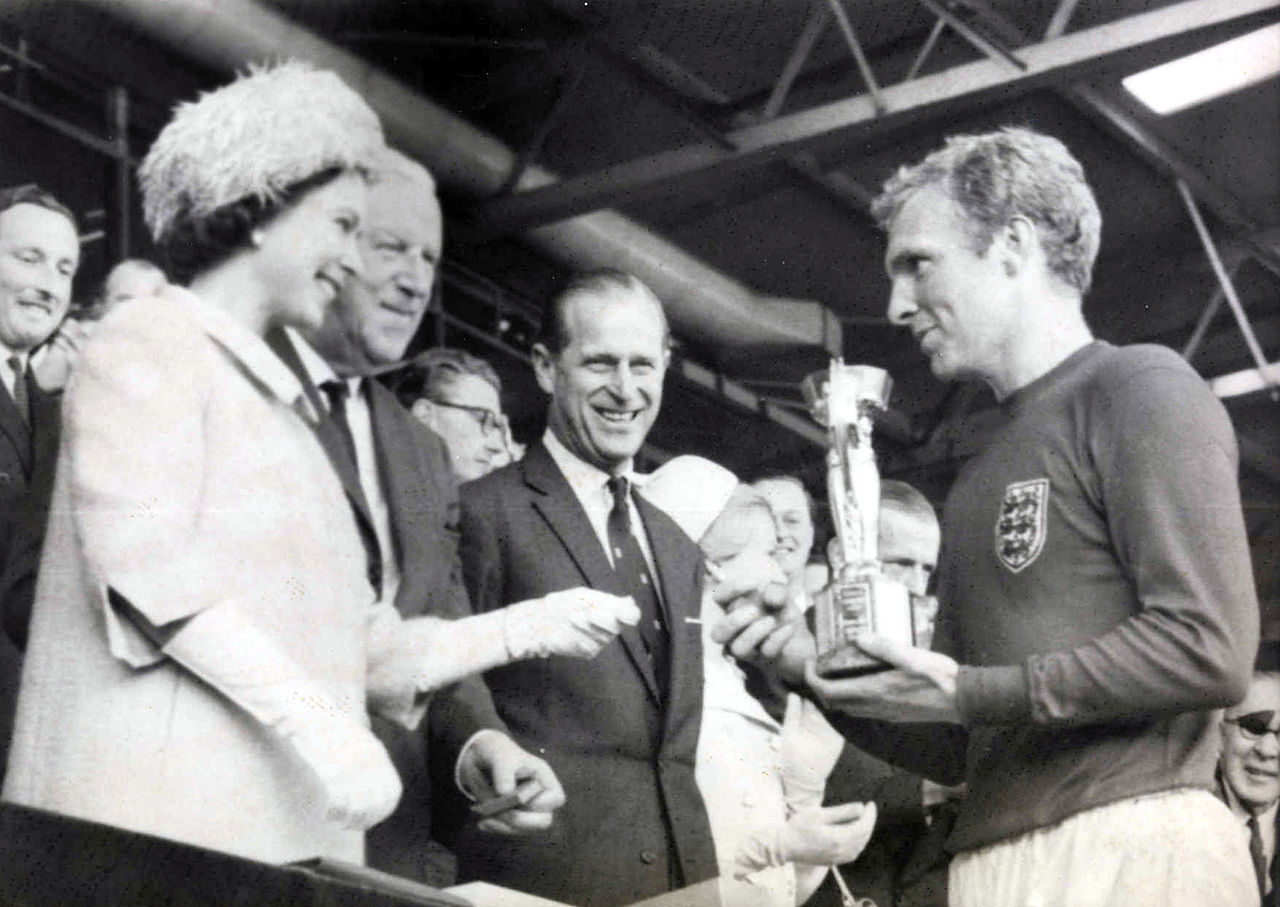
2021 marks 55 years since England won their first—and so far only—World Cup. They beat West Germany 4–2 in a match held at Wembley Stadium on 30 July 1966.
The task of coordinating television and other media coverage of the event was unlike anything attempted before.
For arguably the first time on a major scale, the quality of television coverage was a key factor in deciding where to host the various matches of the tournament. Alongside seating capacity and the size of the pitch, the quality of press facilities was scrutinised at each potential venue. If the facilities were deemed not to be up to scratch and unable to support the members of the media who would be in attendance, then the organisers might have to look elsewhere.
Once selected, each stadium would have to make room for 30 commentators’ booths, split evenly between television and radio.
FIFA had decided that, where possible, matches later on in the tournament would not be played at the same time, to allow for as many as possible to be televised—this had the added effect of boosting revenue. They also set up the first dedicated World Cup ‘interview room’ where players and other key figures could speak with the media.
The task of broadcasting the final on television fell to both the BBC and ITV. The two companies had drawn up an agreement that would allow them to cover the tournament in much more detail than either company would be able to on its own.
The BBC had been planning for the ’66 World Cup for some time. The long-running show Match of the Day, which started in 1964, acted as a sort of ‘training ground’ for BBC camera crews in preparation for the World Cup.
ITV didn’t have much experience as the BBC. They hadn’t broadcast the 1962 World Cup in Chile because of logistical difficulties. For the 1966 final they drew only 10% of the viewership—90% of people watched on the BBC.
Despite all the preparation, there was one thing missing from the coverage: colour. That would have to wait until the next World Cup, held in Mexico in 1970.
Even in 2021, the 1966 final is still the most-watched television event in British history. 32.3 million people tuned in—that’s over half the population at the time. Worldwide, a further 400 million people were watching, giving the final the biggest global television audience since Winston Churchill’s funeral in 1965.
Nowadays, with the advent of social media, there is even more for organisers to prepare for—something to bear in mind when you next watch a football match.
My mother in law brought a coloured tv in 1966 and we watched the World Cup in full colour! London 1966
The 66 world cup was broadcast in b+w. It was the 1970 world cup that was on colour from Mexico.
Colour TV wasn’t introduced in the UK until 1967 so I’m sorry, you couldn’t have watched the 1966 World Cup in colour!
I was on a scout camp at the time and sneaked away, changed my uniform on a beach and walked to a little Devon village where I joined others in a television shop window.An experience of a lifetime!!!
Channel 4 recently showed the 1966 World Cup Final ‘in colour’ – colourised TV coverage accompanied by ITV commentary from Hugh Johns.
I understand the plan was to start colour broadcasting in time for the 1966 tournament. Sadly, it was delayed another year, the beneficiaries being the 1967 Wimbledon Tennis Championships.
In 1966 i was 10 years old, my father was not into watching sport on TV… especially football on the day of the Final he took me to the Games Fair At Chatsworth…the Match was being broadcast live on tannoys strapped to high wooden posts dotted around the park…i heard England go down one-nil…with great sadness…it was not until we reached home that i heard any more on the match…My mother was in the front room Ironing in front of the TV…Screaming her head off at the game during extra time…The game was repeated later in the evening i was allowed to stay up and watch.
When i moved up to senior school…they took the whole school into the main hall and played the film Goal covering the world cup…at a sort of half time they gave us all an ice cream….that period of my life i will never for get and even at the age of 68…now and then i sit down with a glass of wine and slip in the dvd…
I also met a man whom went to the final, still had his ticket…after the match they simply went home and had a cup of tea…i was astounded.
Were there any early video-philes around at the time, and did you record any of the games as they were broadcast?